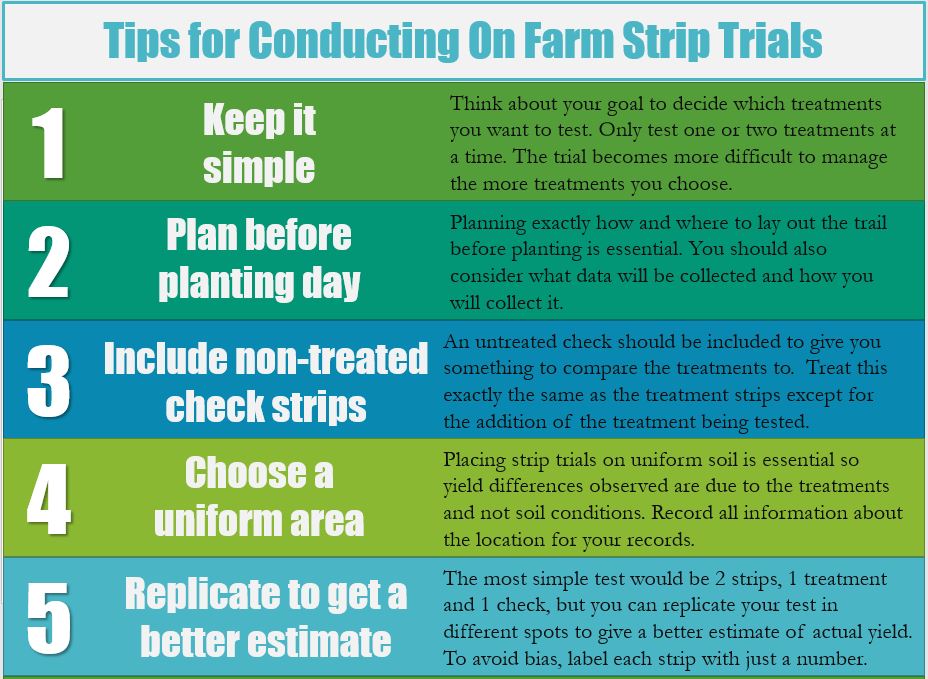Continuing to improve soybean yields and increase profits requires constant research to fine-tune production systems. This includes research at our traditional levels like university, industry and consultant partners but it also includes research with innovative growers.
One of the best ways for you to determine if a new product or practice is right for your operation is by trying it out on your farm. While general production guidelines from university research and extension is a good place to start, fine-tuning those recommendations for your operation, under your management, and with your own resources is the best way to optimize their recommendations.
Modern technology such as RTK, auto-steer, and yield monitors make it relatively simple to conduct research on farms your farm in a low cost, low-risk setting.
This process starts by collecting your ideas you’ve heard throughout the year at meetings field days, articles, and even neighbors. Writing these ideas down in a notebook is a great way to keep track of them. Then commit to testing one or a few of the most promising changes each year.
To compare the new practice against your current production system use side-by-side strips alternating between the new practice and your “old” management. These strips are one or two planter passes wide. These paired strips should be repeated 3 to 4 times to help remove the effects of soil variability within the field. Your planter monitor can be used to plan and record the treatments for each strip or you can record this the “old fashioned way” with pen and paper and field flags marking the different strips.
At harvest, match your combine yield monitor data to the strips planted. A simple statistical analysis can be done using computer programs like Microsoft Excel to assess the significance of any yield differences you find. The NC Soybean Producers Association is also happy to help you plan and analyze data collected on your farm, simply reach out to our Research Coordinator, Dr. Katherine Drake Stowe here.
Try different comparisons in different fields. Practices that look the most promising can then be implemented the next season on more acreage. Record how that practice affects yield the following season. By mapping and recording action on every acre you plant, you are making the most of each farming season. After 2 or 3 seasons, fit the new practices and inputs into your overall soybean production system. This may seem to be a slow process, but it allows you a relatively low-risk and low-cost way to cycle new practices into the system each year.








